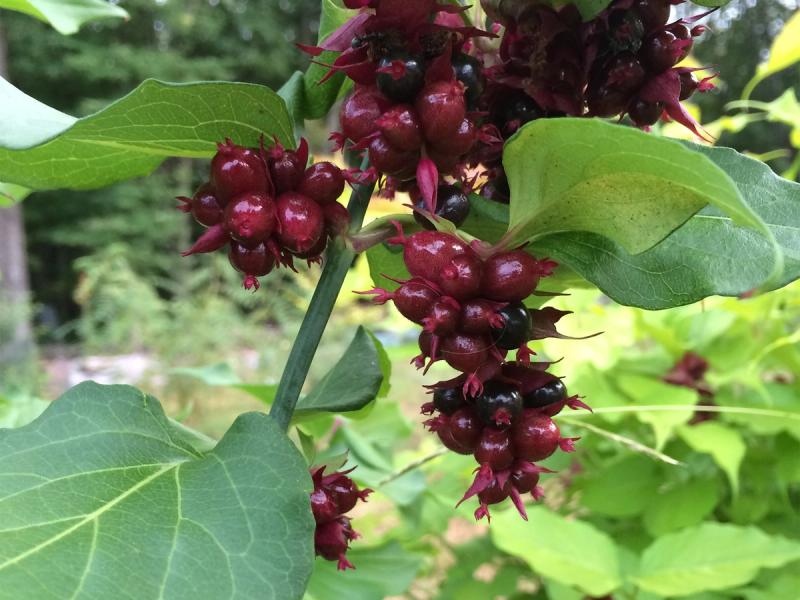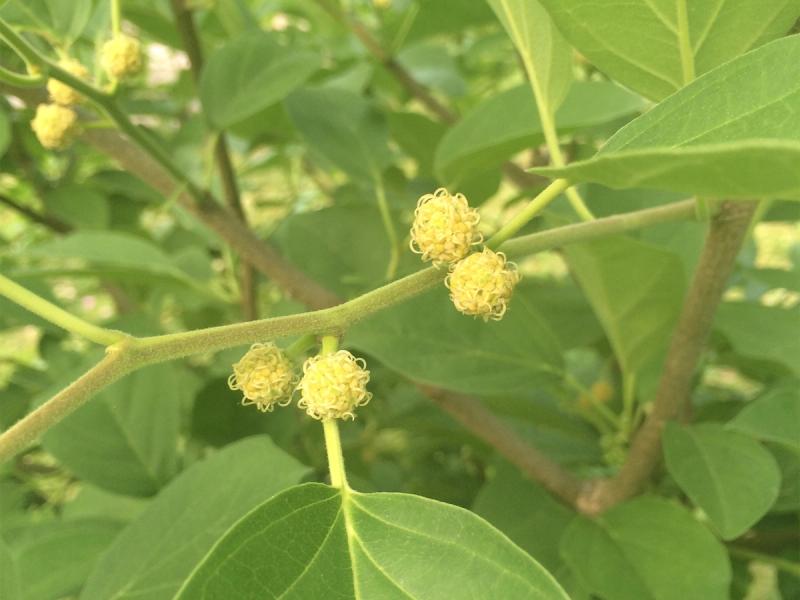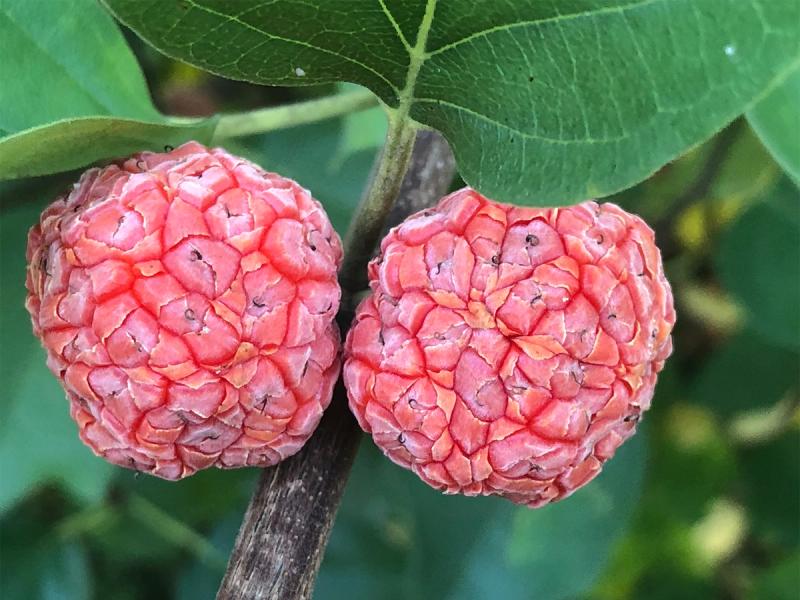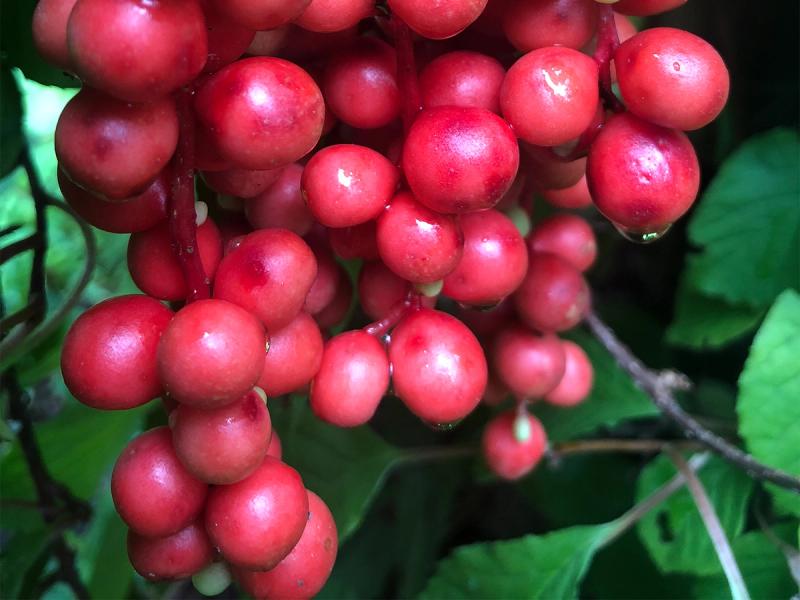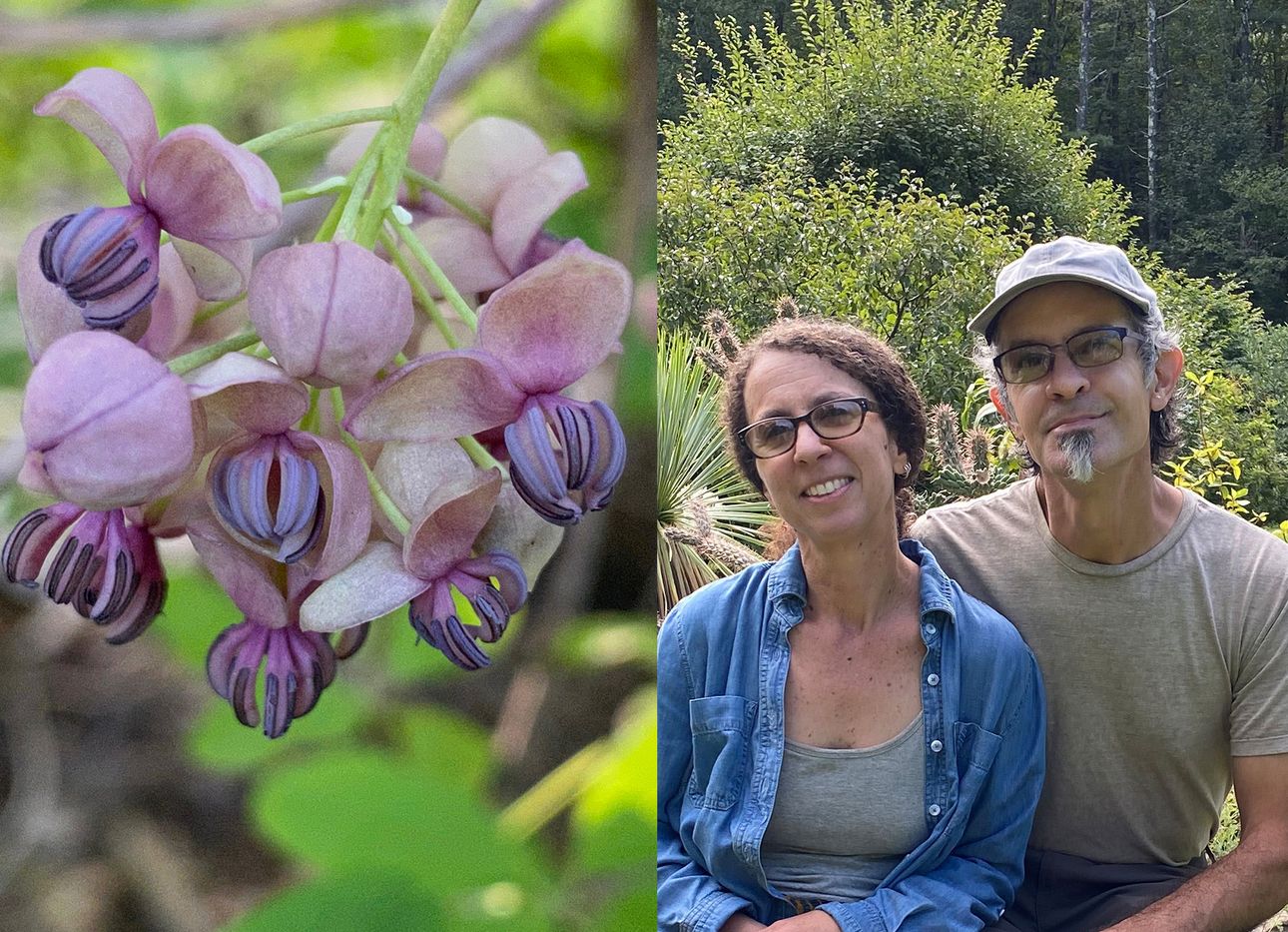
From Their 21-Acre New York Estate, a Botanist Couple Propagates Plants and Gardening Know-How
Scott Serrano and Allyson Levy know all too well that the distinction between a simply beautiful garden and an “important” one comes from its most fragile or unusual plants. “It’s the Noah’s Ark function,” Serrano says. “You try to find rare plants that are disappearing and protect them.”
The married couple are New York State transplants, artists spliced into the Hudson Valley region who have fostered countless plants over the past two-plus decades. But what began as a small backyard garden has since blossomed into a sprawling 21-acre estate—one that houses a variety of species as sure to entice a plant nerd seeking rare vegetation as a city dweller eager for a weekend escape.
Today, the Hortus Arboretum and Botanical Gardens hosts more than just plants: Serrano and Levy open up the grounds to guests each weekend, and have been since 2007. For those who live too far away to visit in a single day, a repurposed barn on the edge of the gardens allows for overnight stays, and Kingston, New York, with its new Hotel Kinsley, is nearby.
The roots of the arboretum date back to 1999, when the couple moved from San Francisco to Stone Ridge, in New York’s Ulster County, where they first began tinkering in the dirt. The early days were steeped in trial and error: “Like, ‘Oh goodness, we killed that again. Let’s try mounting up the soil, or putting it in the sun, or protecting it more,’” Levy says. “Now that it’s been close to twenty-three years, it’s grown easier.” By 2001, their gardening efforts had turned serious. Their grounds are now home to a vast collection of flowers, shrubs, trees, and more—from hydrangeas to magnolias, from Florida anise to monkey puzzle trees. “Part of our work is to help preserve the diversity of life on earth,” Serrano says.
The grounds are teeming with life—verdant greens and flowers of all shapes, colors, and sizes dotting the earth. The smells are sure to be just as varied, with sweet scents floating off a range of rose breeds or a musky odor emanating from the soil. All of these and more dance and mingle in the Hudson Valley’s crisp breeze.
For rarer breeds, the couple not only grows them, but helps them propagate, selling some select plants to visitors. “If nurseries get things that are too zany, too out of left field, and they don’t get purchased, then they go out of business,” Serrano says. “So nurseries have to maintain a certain conservatism; they tend to get plants people already know. But there are literally tens of thousands of plants that are just as, if not more, beautiful that people are just not exposed to.” (Sharing their knowledge further, Serrano and Levy also recently published the book Cold-Hardy Fruits and Nuts: 50 Easy-to-Grow Plants for the Organic Home Garden or Landscape.)
The arboretum and gardens are home to six endangered species. For Serrano and Levy, the hope is that the property can serve as a space for the discovery and appreciation of nature for a long time to come, well beyond their time as its caretakers. “The goal is to leave our land to Ulster County as their arboretum,” Levy says. “And hopefully, we'll have more than twenty-one acres when we're in mushroom bags in the ground.”
